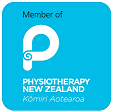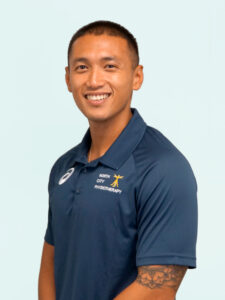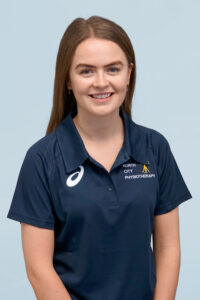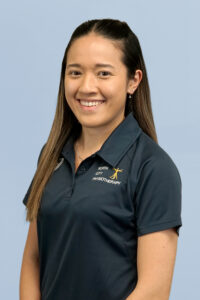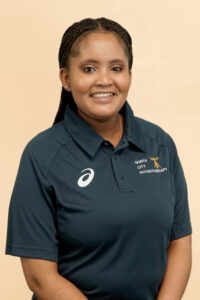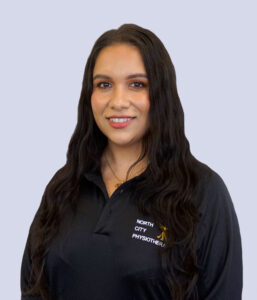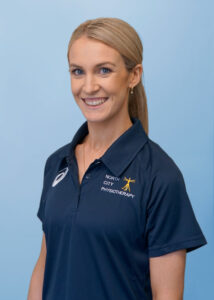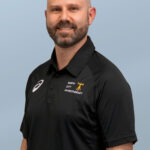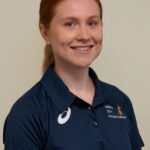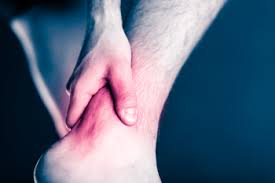
The Achilles tendon and plantar fascia are energy-absorbing and energy-releasing structures that are working throughout each stride. They absorb the load as your foot impacts the ground (loads are often 3 times your body weight) and convert the energy to propel yourself during the push-off phase of a stride (where forces are as high as 7 times your body weight).
The Achilles tendon and calf muscle are therefore an essential unit, critical for efficient and effective running. The Achilles tendon is prone to overuse purely by the nature of its function. Pain occurs because of weakness or dysfunction in the tendon rather than what was previously thought to be an inflammatory reaction. This can be a challenging area to treat due to the tendon’s poor perfusion (blood flow), which may need longer recovery periods, so it’s best to tackle this injury at the earliest point possible.
THE SYMPTOMS
- Pain close to the heel, which is often sharp, poking and incapacitating.
- Pain along the Achilles tendon, at the back of the lower leg.
- Occasionally there can be mild swelling at the base of the tendon (near the heel) and redness.
- If you pinch the Achilles and it’s very sore, then the source of the problem is likely to be the tendon.
- Pain during and after running (Stop! This is not an injury you can run through)
- In chronic cases there can be thickening or a thickened ‘lump’ along the tendon, especially when compared to the uninjured leg.
What can we do?
Rest, icing, and strapping can relieve symptoms in the early/acute stages. Reducing training intensity and volume may be required, possibly even complete rest for a few weeks depending on pain and the severity of the injury. The earlier you get treatment the shorter your time off running in the ‘long run’. Soft tissue massage can be used to release tight structures throughout the lower limb and back. Physiotherapy treatment will mobilise tight structures, possibly use acupuncture and prescribe rehab exercises to strengthen your calves, hamstrings, glutes and core.
Stretching is also a key component to rehab. Eccentric heel drop exercises (lengthening under load), taught by your physiotherapist, will be an essential part of your recovery. Advice about your shoes, orthotics and running technique can help.
Importantly, keep an eye on your training. Don’t do too much, or go too hard, too quickly.


